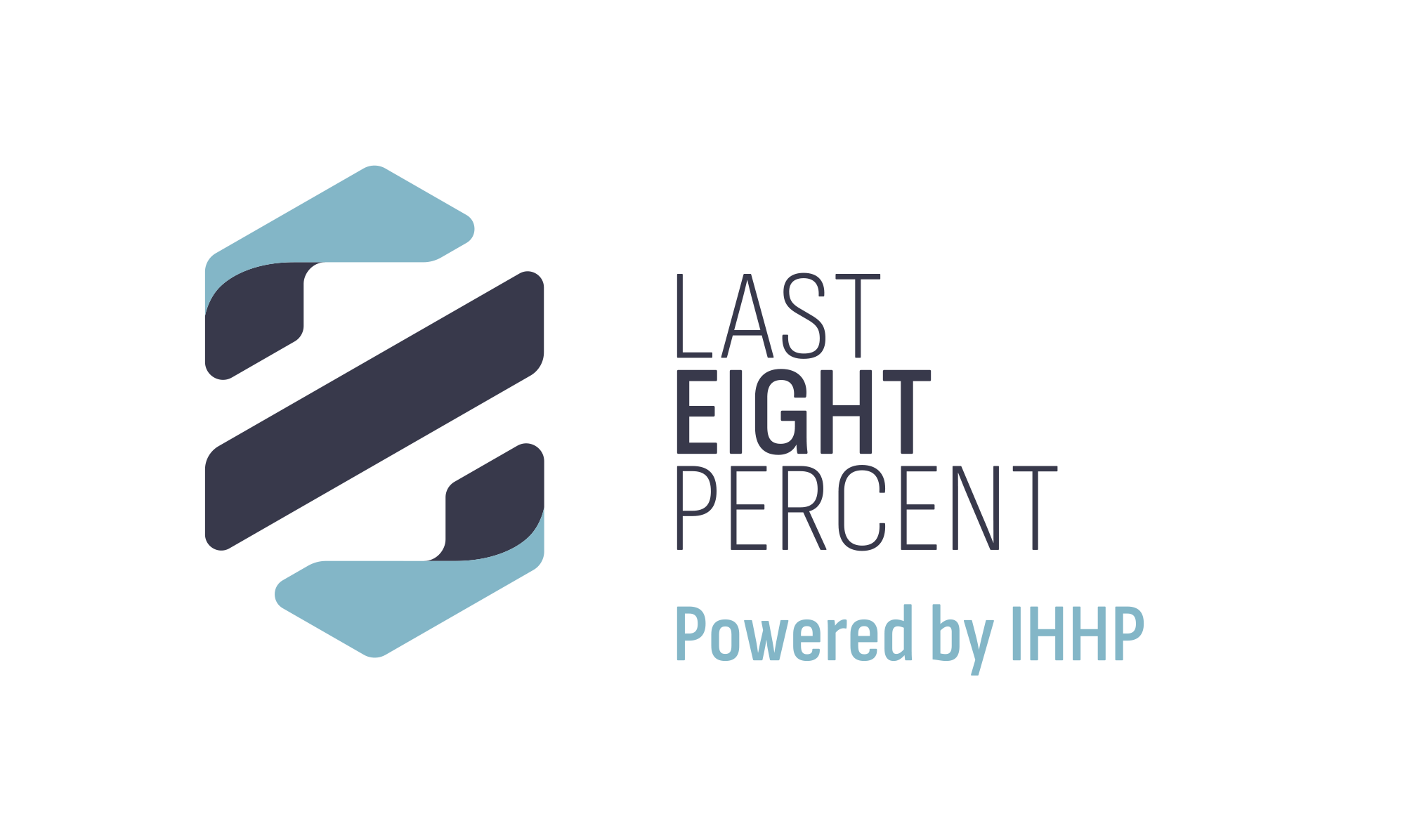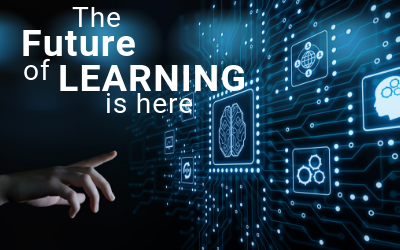The learning and development industry has been poised on the edge of change for many years. Suddenly, it’s here. Recent advancements in technology, changing needs or, organizations and a generationally diverse workforce, have enabled and demanded a digital transformation of learning.
Earlier this year, I attended the ATDTK (TechKnowledge) conference. I expected to be sitting with developers and technology vendors. Instead, I found myself surrounded by learning professionals of all types and levels, both eager and ready to immerse themselves in how they could create more scalable learning experiences.
As you may expect, there was lots of buzz around the new trends in Artificial Intelligence (AI and VR) with some examples of application. More noticeably there was a shift in the language and focus of learning and development. There were many moments when the conversation was very similar to conferences I would have attended on digital marketing or product development. Concepts and learning models such as content curation, design thinking, self-directed learning, personalized learning, learning in the flow of work, chatbots and mobile first, were integrated into many sessions.
What is driving the transformation of learning?
1. Innovation in technology
Remember when all your applications had to be installed by your IT department on your hard drive or the company server? Or when you were either Microsoft (most companies) or Apple (design professionals) and those were the two choices? Over the last decade, the introduction of the cloud and serverless computing, combined with the introduction of cheap and fast storage, has provided the conditions for easier development and deployment at scale. For consumers, it means you might use a combination of Google Docs, Excel, Slack and Zoom, all applications from different providers. For learning technology, this has driven the shift from learning management to learner experience and has expanded the number of technology providers. There is a wide variety of technology startups that are providing tools and white label platforms that make it easy and cost effective to deliver a better learner experience at scale.
2. Multigenerational learners
We have been bombarded by the messages of the intergenerational workplace of 2020. Four generations (Boomers, Gen X, Y & Z) all working together. The letter generations (Gens XYZ) are all digital natives to some degree. Many Gen Xers have worked with a computer for the majority of their career and their behavior has been moulded by the internet. Gen Ys have been influenced by the introduction of the smartphone and the predominance of social media, and Gen Z has no experience of a non-digital world. Learners have been shaped by the experiences created by the tech giants – Google, Facebook, Netflix, and Amazon, and now expect an experience that is on demand, interactive and personalized.
3. Learning as a competitive advantage
In the past, learning and development often sat as a compliance or leadership development function, typically under the umbrella of HR. As the speed of change increases, many companies realize that their employees need to be upskilling and learning every day. Creating a culture of learning doesn’t only increase the performance and agility or your organization, it is also a key factor in creating employee engagement. With employees at all levels, across all roles being encouraged to learn whenever and wherever they can, virtual learning opportunities have become imperative.
IHHP’s virtual journey
Our organization has been delivering emotional intelligence skill training in the classroom for almost twenty years. It has been delivered to executives, leaders, managers and individual contributors globally, and we have many clients who have been with us almost as long as we have been training. Two years ago, we realized it was not enough. We had dipped our toes into virtual over the years, developing e-learning and virtual led training, but it was clunky, difficult, and not as good as our classroom experience.
But, technology has exploded. Virtual training is now easier to use from both a program development and a user perspective. This has enabled us to create virtual learner experiences that bring the interactivity and engagement of the classroom to learners everywhere – never having to leave their office. Last year, we launched a self-paced program that took the best of microlearning, video, interactive exercises, assessments, and live facilitation, and created a 3 module program that sits on most existing LMS’s.
Last month we launched a live, virtually facilitated version of our program. IHHP is a company with a remote workforce. This means we work very hard to stay connected even though we are in different cities and countries. We took this experience of being a remote culture and created a highly interactive version of our program using the platform we used to connect: Zoom. Our first open enrollment program received feedback that was beyond our own high expectations. Resoundingly, the participants were surprised and delighted by the level of connection and engagement they experienced, and by the convenience of being able to take the course over 3 days only using 2 hours of each day to learn.
Suddenly, we had reached a major milestone in what originally looked like a difficult, long journey.
What’s next?
Our goal is to always remain at the cutting edge of program delivery. We are currently piloting a chatbot to reinforce the learning. This summer we will launch a fully self-hosted platform that will allow us to incorporate social learning and blend our digital experience with the classroom experience.
We are striving to create solutions that are more scalable, while improving the experience of our content no matter where you are, how much time you have, and, what your role is in the organization. If you are interested in learning more – check out our product preview.

About the author
Sandra Rayner, Vice President Product and Marketing at IHHP. With over 20 years of experience creating and implementing strategies that drive value for the customer, employees and all stakeholders, Sandra is passionate about driving a data driven marketing culture that thrives on innovation, agility and performance. Connect with Sandra on LinkedIn.

